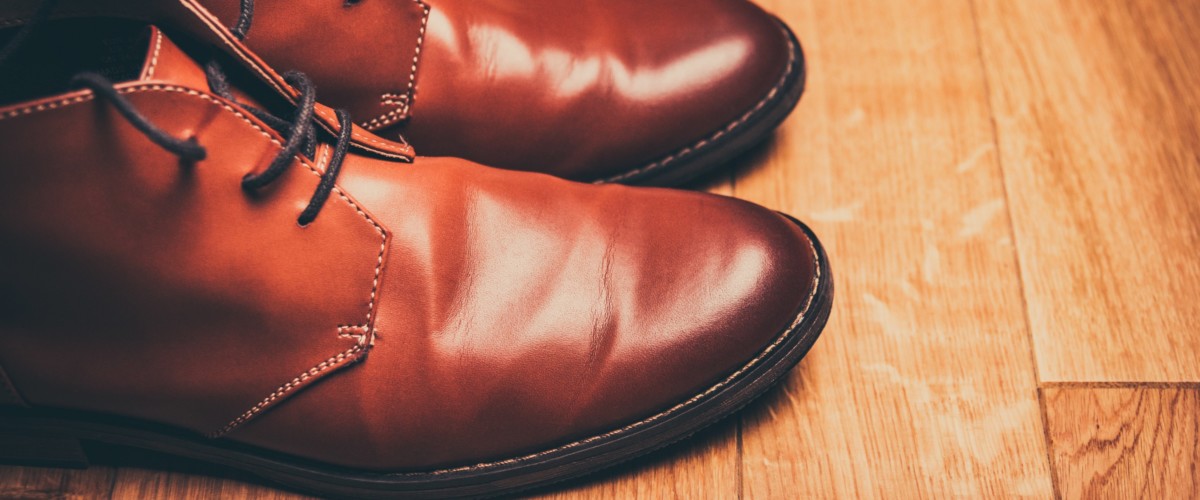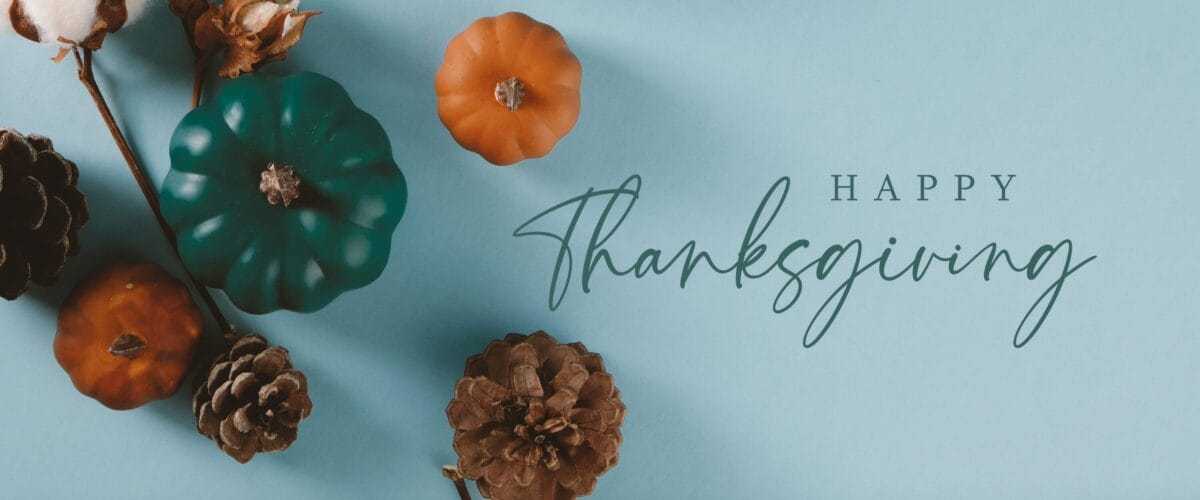“Don’t forget to put your shoes outside of your bedroom door tonight!”
If only Oma and Opa knew that we never needed a reminder. Despite the horror of often walking through the house with muddy boots on a beige carpet, my brother and I would rip off our shoes as soon as we got home. It was the 5th of December, and this meant eagerly cleaning the soles of our boots for as much chocolate as our souls could handle. After all, it was the Nikolaustag eve of Nikolaustag.
Some may know that the contemporary Santa Claus originates from 4th-Century Bishop of Myra, St. Nikolaus—or, as the Dutch referred to him, Sinterklaas. We dress him up in a red suit and hat, painting reindeer and elves by his side for the 25th of December. But few know about the traditions of St. Nikolaustag celebrated on the 6th of December.
Nikolaustag refers to the remembrance of Sankt Nikolaus specifically on the anniversary of his death. As is custom in the Netherlands, Belgium, and parts of Northern Germany, children place shoes outside their bedroom doors in ‘hopes’ that the saint will come around with goodies for them. The shoes follow the same principle as the American stocking; on the eve of the night before, a shoe is outside of the bedroom door on the 5th of December. If the child had been good, the shoe is stuffed with cookies and candy. If not, the shoe is likely filled with rocks and twigs.
It should be noted that Sankt Nikolaustag isn’t a replacement for Christmas; rather, it’s a separate experience to share in the gift-giving traditions. And I never feared coal in my shoes or the presence of a stranger in the hallway. Opa took thin ownership over the role, letting the traditions of December 6 speak louder than the fictional mysticism. He and Oma just let the air of Nikolaustag be present like perfume, lingering over bedroom doors and kitchen tables.
Celebrating Sankt Nikolaus in the suburbs of New Jersey felt like stepping through a Narnia door in my very own household. Opa and Oma (German for grandpa and grandma) had brought Germany to us. After all, my grandfather was a German immigrant who’d experienced the traditions authentically along the Dutch border, and he shared it impactfully with his children and grandchildren. This meant even the cookies placed in our shoes wouldn’t dare look like Oreos or Mallomars. They were the real goodies imported from Germany: Spritzgebäck, Lebkuchen, Marzipan, and Pfeffernuss.
When I think about Nikolaustag, I think about trading chocolates with my brother. I think about crumbs of cookies trailing from the upstair bedrooms. And I think about the permission to eat sugar at 7:00 a.m.—a rarity among our family calendar, I assure you.
But what I remember most fondly is my grandparents on the 6th of December. I would catch the sparkle of mischief in my grandfather’s eye and feel the tight morning hug from my grandmother’s embrace. I would see their knowing smiles as I showed off my bountiful, sugary harvest. Despite the fact it was Nikolaus’s name we called as soon as we woke up, he wasn’t the one any of us thought fondly of for the rest of the day.
Maybe that’s why we love traditions so much. They’re vehicles for love to be delivered, traveling through time to unite generations. There’s something about traditions that establishes the beauty of culture in a cyclical motion, showcasing intentional remembrance.
Perhaps it’s the reason why Jesus related to His disciples by the means through ancient Jewish customs. He wasn’t doing it for the show of tedious rituals. Rather, He communicated His love through as many avenues as the Jewish culture allowed.
My prayer this Christmas season is that we look inside the structure of traditions to find the rivers of affection from our loved ones. Thank goodness God brought them to us. And thank goodness we never needed to open a shoe to find them.
Featured Image by Pixabay







Comments are closed.